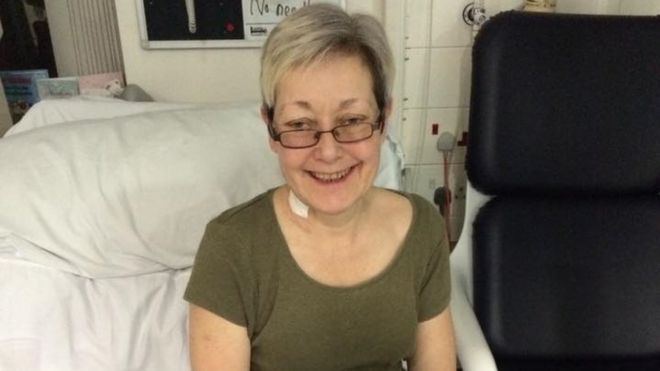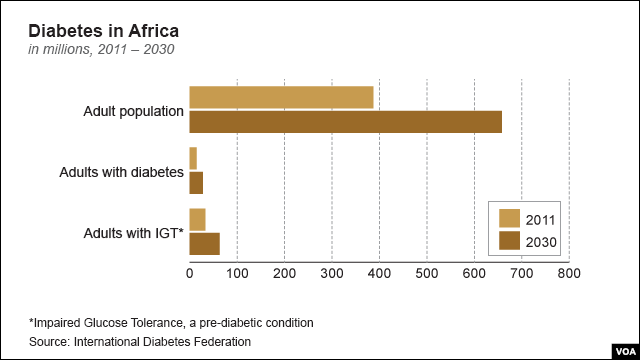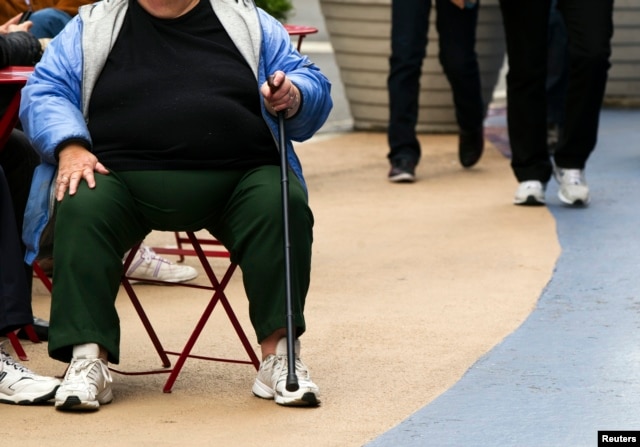Okay, so how do you lose fat accumulating in the pancreas? Lose weight! Easy, right? It only takes 1 gram – but that 1 gram has to be from the endocrine organ. Unfortunately the story doesn't seem to hone into that little tidbit.
Read the story @ http://www.sciencedaily.com/releases/2015/12/151201141231.htm
Read the story @ http://www.sciencedaily.com/releases/2015/12/151201141231.htm






